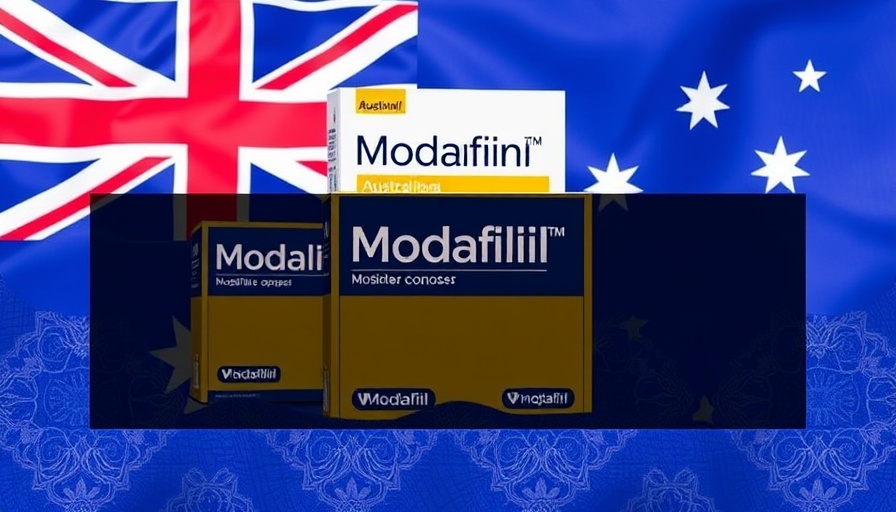
Understanding Drowsiness: The Hidden Dangers of Common Medications
Drowsiness is a common side effect of many prescription medications and recreational drugs. While it may seem innocuous, this side effect can mask more serious issues, particularly regarding substance use and addiction. As parents, understanding how various substances can induce sleepiness is crucial not only for your health but also for your children's safety.
What Makes Us Sleepy?
Drowsiness occurs when certain substances interact with the chemicals in our brain that regulate sleep and wakefulness. Drugs can either reduce the activity of stimulatory neurotransmitters like norepinephrine or increase inhibitory neurotransmitters such as gamma-aminobutyric acid (GABA). Medications such as depressants, antihistamines, and some pain relievers can cause significant sedation, affecting cognitive and motor functions.
A Closer Look at Drowsiness-Inducing Medications
There are four primary classifications of medications known to cause drowsiness:
- Depressants: These slow down the body's messaging systems, affecting reaction times and mental clarity. Common examples include benzodiazepines like Xanax, opioids like Fentanyl, and even alcohol.
- Antihistamines: Often used for allergies, these medications can lead to significant drowsiness. Drugs like Benadryl and certain stronger prescription antihistamines are known culprits.
- Opioids: These are powerful pain relievers that can result in severe drowsiness and respiratory depression, especially in cases of overdose. The opioid crisis highlights the dangers of these drugs, which often lead to addiction and fatal outcomes.
- Muscle Relaxants: Designed to relieve tension, these medications such as Soma or Flexeril can also lead to significant sedation.
It is crucial for parents to communicate with healthcare providers about the potential side effects of any medication prescribed to them or their children, particularly concerning drowsiness.
Risks Associated with Drowsiness and Substance Use
The rise in prescription drug use combined with their potential for causing drowsiness raises concern. According to the CDC, the increase in overdose deaths—especially among young adults—has been alarming, with many stemming from opioid-related complications. Moreover, mixing prescription medications with other substances can exacerbate side effects, leading to decreased awareness and increased risk of accidents.
Recognizing Overdose and What Parents Should Know
Knowing the signs of overdose is imperative. Symptoms may include excessive drowsiness, confusion, sluggishness, or in severe cases, unresponsiveness and respiratory difficulties. Education on how to use naloxone—a life-saving medication against opioid overdose—can empower families with the knowledge to act quickly in an emergency. Healthcare professionals and community organizations are increasingly providing naloxone training sessions; being prepared can make a world of difference.
What Can Families Do?
Open discussions about prescription-drug use and the risks of drowsiness are fundamental in protecting against substance abuse. Encourage your child to speak up about any prescribed medications and their side effects. Establish health-related information networks through schools and local organizations to share resources on medication safety, signs of addiction, and recovery support programs.
Conclusion: Advocate for Safe Medication Practices
As parents, you play a vital role in advocating for safe practices when it comes to medications that may cause drowsiness and understanding the broader implications of substance use in your family's lives. By promoting open dialogue, educating yourselves and your children, and participating in community outreach initiatives, you can significantly enhance your family's health and safety.
If you or someone you know struggles with addiction, reach out to local addiction support groups or hotline services for assistance and guidance on recovery options available in your community.
 Add Row
Add Row  Add
Add 




Write A Comment